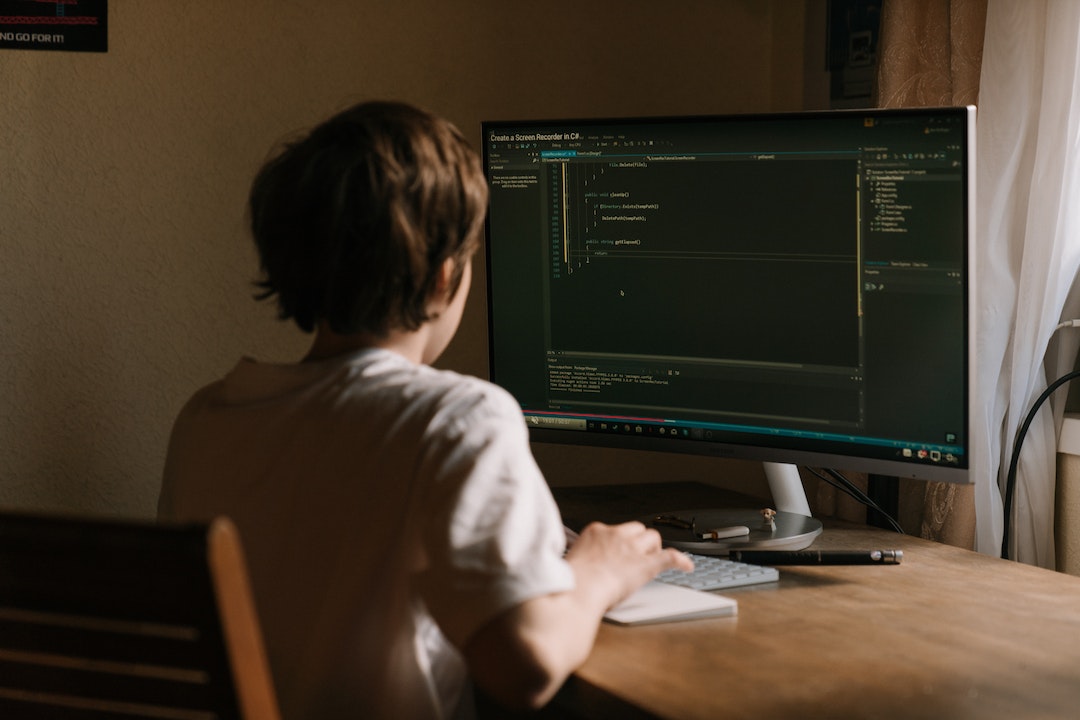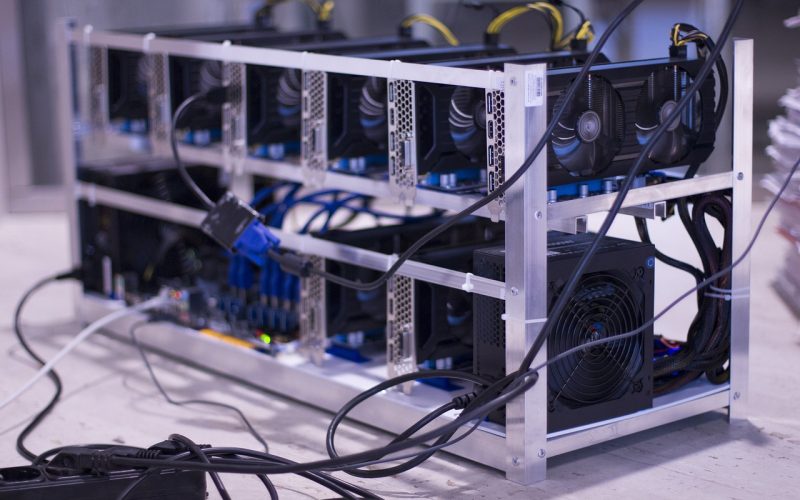PHP (Hypertext Preprocessor) is a popular programming language used for creating dynamic and interactive websites. It is a server-side language, meaning that it is executed on the server rather than in the user’s browser. If you are interested in learning PHP, you may be wondering how long it takes to become proficient in this language. (Also Read: How I Learned to Mind my Own Business)
What Are the Basics of PHP?
Variables: Variables are used to store data in PHP. A variable is denoted by a dollar sign ($) followed by the name of the variable. For example, $name is a variable that could be used to store a person’s name.
Data types: PHP supports several data types, including integers, floating-point numbers, strings, and arrays. It is important to understand the different data types and how to work with them in PHP.
Operators: Operators are used to performing operations on variables in PHP. Some common operators include arithmetic operators (e.g., +, -, *, /), comparison operators (e.g., ==, !=, >, <), and logical operators (e.g., &&, ||).
Conditional statements: Conditional statements are used to execute different blocks of code depending on whether a particular condition is met. For example, the if statement can be used to execute a block of code if a certain condition is true, and the else statement can be used to execute a different block of code if the condition is false.
Loops: Loops are used to execute a block of code multiple times. The for loop and the while loop are two common types of loops in PHP.
Functions: Functions are self-contained blocks of code that can be called multiple times from different parts of a program. Functions can accept arguments and return values, which allows them to be flexible and reusable.
Arrays: Arrays are data structures that allow you to store and manipulate multiple values in a single variable. PHP supports both associative arrays (arrays with named keys) and numerically indexed arrays (arrays with numeric keys).
String manipulation: PHP provides a number of functions for working with strings, including functions for concatenating strings, extracting substrings, and replacing parts of a string.
These are just a few of the basics of PHP. As you continue learning the language, you will encounter more advanced concepts such as object-oriented programming, working with databases, and interacting with external APIs.
How Long it Takes to Learn PHP?
On average, it may take anywhere from a few weeks to a few months to learn the basics of PHP and become proficient in the language. This estimate assumes that you are able to devote at least a few hours per week to learning and practicing PHP. If you are able to devote more time to learning, you may be able to progress more quickly.
To learn PHP effectively, it is important to have a structured approach to learning and to practice what you have learned. This may involve working through tutorials and exercises, building small projects, and seeking guidance from more experienced programmers. As you gain experience with PHP, you will become more comfortable with the language and be able to tackle more advanced projects.
What are the steps to learning PHP?
Set up a development environment: In order to start writing and testing PHP code, you will need to set up a development environment on your computer. This typically involves installing a web server (such as Apache or Nginx), a database server (such as MySQL), and a PHP interpreter. There are many tutorials and guides available online that can help you set up a development environment.
Learn the syntax and basic concepts of PHP: Once you have your development environment set up, you can start learning the syntax and basic concepts of PHP. This may involve working through tutorials and exercises and building small projects to practice your skills. Some good resources for learning the basics of PHP include online tutorials and books on PHP programming.
Practice, practice, practice: the best way to learn PHP is to practice writing and testing code. As you progress through your learning journey, try to build increasingly complex projects to challenge yourself and develop your skills.
Learn about advanced concepts and best practices: As you become more comfortable with the basics of PHP, you can start exploring more advanced concepts such as object-oriented programming, working with databases, and interacting with external APIs. It is also important to learn about best practices for writing efficient and maintainable code.
Join a community. You can connect with other PHP developers, ask questions, and learn from others in a variety of online communities. Participating in these communities can help you stay motivated and connected as you learn PHP.
What are the advantages of learning PHP?
PHP is a popular language. PHP is one of the most widely used programming languages for creating websites and web applications. According to the website W3Techs, PHP is used by 82.6% of all websites that use a server-side programming language. This means that there is a high demand for PHP developers, and learning the language can make you a valuable asset to potential employers.
PHP is easy to learn. PHP is known for being a relatively easy language to learn, especially for those who are new to programming. It has a straightforward syntax and provides many built-in functions and libraries that make it easy to get started.
PHP is flexible. PHP is a flexible language that can be used for a wide range of projects, from small websites to large web applications. It can be used to create dynamic and interactive content, connect to databases, and interact with external APIs.
PHP has a large community. PHP has a large and active community of users, which means that there is a wealth of resources and support available for those who are learning the language. There are many forums, blogs, and other online communities where you can ask questions, get feedback, and learn from others who are using PHP.
PHP is open-source. PHP is an open-source language, which means that the source code is freely available and can be modified and distributed by anyone. This makes it easy to learn from and contributes to the development of the language.
Conclusion
The amount of time it takes to learn PHP will depend on a variety of factors, including your prior experience with programming, the amount of time you are able to devote to learning, and your learning style. (Also Read: How Long Does it Take to Learn to Play Piano)












